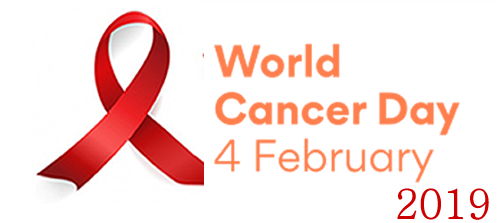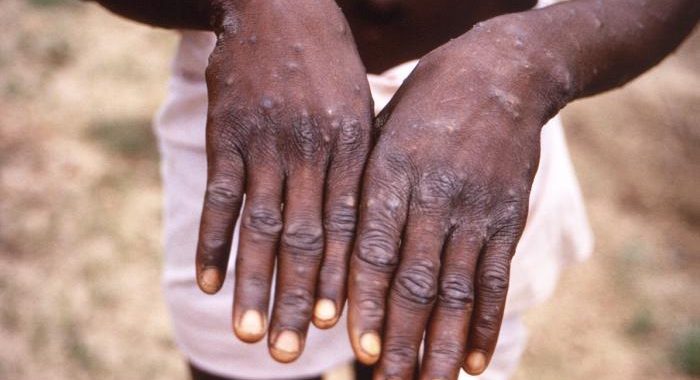
Autism or Autism Spectrum Disorder refers to a wide range of symptoms characterized by challenges with social skills, repetitive behaviors, speech and nonverbal communication. Autism spectrum disorder affects children of all races and nationalities.
SYMPTOMS
Children with autism spectrum disorder usually show some signs of delayed development before age 2 years. Some show signs in early infancy, such as reduced eye contact, lack of response to their name or indifference to caregivers. Others may develop normally for the first few months or years of life, but then suddenly become withdrawn or aggressive or lose language skills they’ve already acquired.
Each child with autism spectrum disorder is likely to have a unique pattern of behavior and level of severity — from low functioning to high functioning.
Social communication and interaction
• Fails to respond to his or her name or appears not to hear you at times.
• Resists cuddling and holding, and seems to prefer playing alone, retreating into his or her own world.
• Has poor eye contact and lacks facial expression.
• Doesn’t speak or has delayed speech, or loses previous ability to say words or sentences
• Can’t start a conversation or keep one going, or only starts one to make requests or label items.
• Repeats words or phrases verbatim, but doesn’t understand how to use them.
• Doesn’t appear to understand simple questions or directions.
• Doesn’t express emotions or feelings and appears unaware of others’ feelings.
• Doesn’t point at or bring objects to share interest.
• Doesn’t respond with a smile or happy expression by 6 months
• Doesn’t mimic sounds or facial expressions by 9 months
• Doesn’t babble or coo by 12 months
• Doesn’t gesture — such as point or wave — by 14 months
• Doesn’t say single words by 16 months
• Doesn’t play “make-believe” or pretend by 18 months
• Doesn’t say two-word phrases by 24 months
• Loses language skills or social skills at any age
Causes/Risk factors
There is no known cause for autism spectrum disorder, but a number of factors have been implicated in increasing the risk of developing this condition. These include:
• Genetics. Several different genes appear to be involved in autism spectrum disorder. For some children, autism spectrum disorder can be associated with a genetic disorder, such as Rett syndrome or fragile X syndrome. For other children, genetic changes (mutations) may increase the risk of autism spectrum disorder. Still other genes may affect brain development or the way that brain cells communicate, or they may determine the severity of symptoms. Some genetic mutations seem to be inherited, while others occur spontaneously.
• Environmental factors. Researchers are currently exploring whether factors such as viral infections, medications or complications during pregnancy, or air pollutants play a role in triggering autism spectrum disorder.
• Your child’s sex. Boys are about four times more likely to develop autism spectrum disorder than girls are.
• Family history. Families who have one child with autism spectrum disorder have an increased risk of having another child with the disorder. It’s also not uncommon for parents or relatives of a child with autism spectrum disorder to have minor problems with social or communication skills themselves or to engage in certain behaviors typical of the disorder.
• Other disorders. Children with certain medical conditions have a higher than normal risk of autism spectrum disorder or autism-like symptoms.
• Present structured social and communication interactions to your child and score the performance
• Use the criteria in the Diagnostic and Statistical Manual of Mental Disorders (DSM-5), published by the American Psychiatric Association
• Include other specialists in determining a diagnosis
• Recommend genetic testing to identify whether your child has a genetic disorder such as Rett syndrome or fragile X syndrome
Treatment
There is no cure for autism spectrum disorder and treatment is often multidisciplinary.
The main aim of treatment is to maximize the child’s ability to function by reducing the symptoms and supporting development and learning. Intensive and early intervention can make a big difference in the lives of these children.
Treatment options may include:
• Behavior and communication therapies. Many programs address the range of social, language and behavioral difficulties associated with autism spectrum disorder. Some programs focus on reducing problem behaviors and teaching new skills. Other programs focus on teaching children how to act in social situations or communicate better with others.
• Educational therapies. Children with autism spectrum disorder often respond well to highly structured educational programs. Successful programs typically include a team of specialists and a variety of activities to improve social skills, communication and behavior. Preschool children who receive intensive, individualized behavioral interventions often show good progress.
• Inappropriately approaches a social interaction by being passive, aggressive or disruptive
• Has difficulty recognizing nonverbal cues, such as interpreting other people’s facial expressions, body postures or tone of voice.
Patterns of Behaviour
• Performs repetitive movements, such as rocking, spinning or hand flapping
• Performs activities that could cause self-harm, such as biting or head-banging
• Develops specific routines or rituals and becomes disturbed at the slightest change
• Has problems with coordination or has odd movement patterns, such as clumsiness or walking on toes, and has odd, stiff or exaggerated body language
• Is fascinated by details of an object, such as the spinning wheels of a toy car, but doesn’t understand the overall purpose or function of the object
• Is unusually sensitive to light, sound or touch, yet may be indifferent to pain or temperature
• Doesn’t engage in imitative or make-believe play
• Fixates on an object or activity with abnormal intensity or focus
• Has specific food preferences, such as eating only a few foods, or refusing foods with a certain texture.
When to see a doctor
If you are concerned about your child’s development or you suspect that your child may have autism spectrum disorder, discuss your concerns with your doctor. The symptoms associated with the disorder can also be linked with other developmental disorders.
Signs of autism spectrum disorder often appear early in development when there are obvious delays in language skills and social interactions. Your doctor may recommend developmental tests to identify if your child has delays in cognitive, language and social skills, if your child:
Examples include fragile X syndrome, an inherited disorder that causes intellectual problems; tuberous sclerosis, a condition in which benign tumors develop in the brain; and Rett syndrome, a genetic condition occurring almost exclusively in girls, which causes slowing of head growth, intellectual disability and loss of purposeful hand use.
• Extremely preterm babies. Babies born before 26 weeks of gestation may have a greater risk of autism spectrum disorder.
• Parents’ ages. There may be a connection between children born to older parents and autism spectrum disorder, but more research is necessary to establish this link.
Complications
Problems with social interactions, communication and behavior can lead to:
• Problems in school and with successful learning
• Employment problems
• Inability to live independently
• Social isolation
• Stress within the family
• Victimization and being bullied
Prevention
There is no way to prevent autism spectrum disorder, but treatment options are available. Early diagnosis and intervention is most helpful and can improve behavior, skills and language development. However, intervention is helpful at any age. Though children usually don’t outgrow autism spectrum disorder symptoms, they may learn to function well.
Diagnosis
There isn’t a specific medical test to determine the disorder since autism spectrum disorder varies widely in symptoms and severity. Therefore, making a diagnosis may be difficult. The specialist may:
• Observe your child and ask how your child’s social interactions, communication skills and behavior have developed and changed over time
• Give your child tests covering hearing, speech, language, developmental level, and social and behavioral issues.
• Family therapies. Parents and other family members can learn how to play and interact with their children in ways that promote social interaction skills, manage problem behaviors, and teach daily living skills and communication.
• Other therapies. Depending on your child’s needs, speech therapy to improve communication skills, occupational therapy to teach activities of daily living, and physical therapy to improve movement and balance may be beneficial. A psychologist can recommend ways to address problem behavior.
• Medications. No medication can improve the core signs of autism spectrum disorder, but specific medications can help control symptoms.



